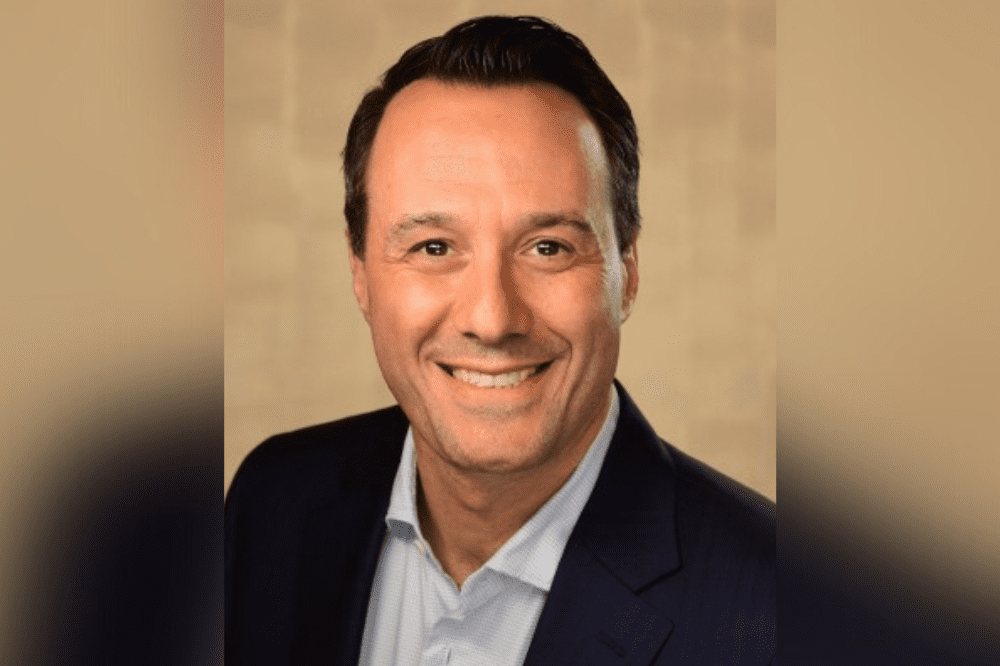Insurers urgently need to modernize their risk models

He believes insurance firms are experiencing the sharp end of a “perfect storm” involving two years of COVID-19, floods, fires, rising interest rates, increased inflation and a changed geopolitical landscape due in part to Russia’s invasion of Ukraine.
“I think what has happened is a rebaselining of the way the world does business and insurers are at the nexus of that,” said the Sydney-based capital markets expert. FIS counts 90% of the world’s largest insurance companies among its clients, many with strong business in Australia.
Aronson said that the vulnerable position of insurers comes from dealing with both the actuarial risk of an individual event, by insuring against the impact, and also from their investments.
Read next: Gallagher offers tips on forming risk management protocols
There’s also increased regulatory risks for insurers and a “global rewrite of accounting rules.”
As a result, he said “every aspect” of an insurer’s business is feeling under pressure.
“What that means is,” he said, “if we look at the critical component of insurance as a business, that’s effectively solvency, it’s the ability for an insurer to pay a claim when it’s due and make a profit for shareholders or make a return.”
However, Aronson said that solvency depends on an insurer’s ability to run models and maintain appropriate capital reserves and a competitive advantage in any number of different industry sectors.
“That is all coming to the fore right now,” he said. “So, when we look at the urgent need to modernize risk, there’s not one definition of risk.”
He said insurers will be looking at different parts of their risk environment, including actuarial risk, operational risk, regulatory risk and compliance risk – all of which need addressing.
Aronson said his firm’s global readiness report confirms that most insurers are aware of this need.
“If I look at last year’s readiness report, 80% of the global insurers that we spoke to said that upgrading solvency and risk modelling was an urgent need off the back of the pandemic, which is a massive number,” he said.
The same report gave insights on working capital and liquidity issues.
“If I drill down into the Australian capital market,” he said, “60% of firms identified digital technology as a critical risk and 55% looked at capital adequacy as a critical risk.”
Aronson said, for insurers, “granularity is key.” He gave the example of COVID-19 impacts. In round numbers, Aronson said the pandemic caused insurers to change their mortality models by about 0.15%. However, that sort of model doesn’t include the effects of long COVID or the more granular risks of those impacts on businesses and their business interruption (BI) policies, or the solvency impact on an insured business.
Read next: APRA Deputy Chair Helen Rowell on poor insurance risk management
“And by virtue of the fact that the cost to the economy changes,” he said, “insurers are also large investors so what does that mean for their investment modelling and what’s the flow on into solvency?”
Aronson said solvency is key to insurers’ ability to adjust risk modelling. However, he said, the risk modelling also needs to be much faster, partly to better deal with the increasing number of natural catastrophes like the recent east coast floods.
“These insurers need to be much more responsive,” he said. “What that means is they need access to much more powerful systems and infrastructure to be able to do it and in many cases the systems and infrastructure are not up to the task.”
He said brokers have an important role to play.
“In many, if not most, cases the broker is the interaction with the customer,” said Aronson. “So, the broker’s brand and the insurer’s brand are very tightly intertwined.”
He said the insurer and the broker both suffer if policies are mispriced or claims processing is slow.
“What that means is that insurers need to be fundamentally aware of also investing in technologies and capabilities that make the broker’s life easier, because the broker is their voice to the customer,” he said.





